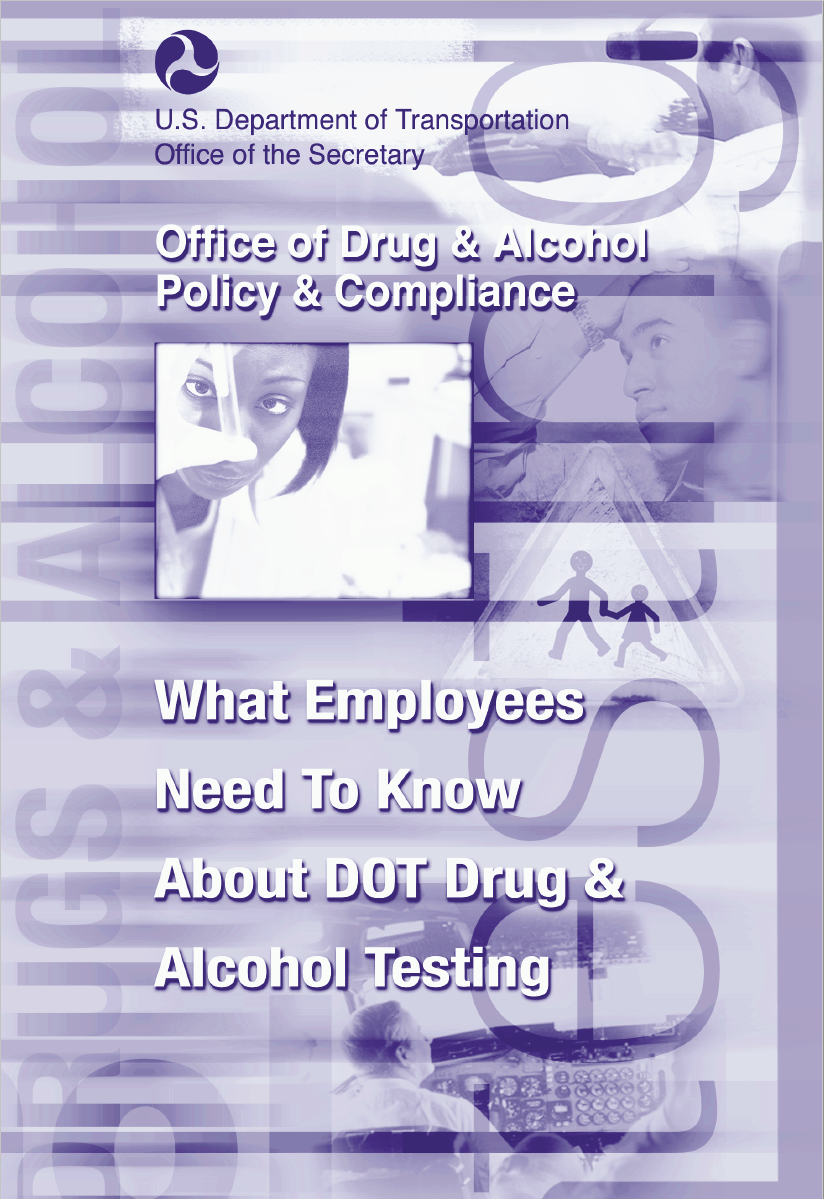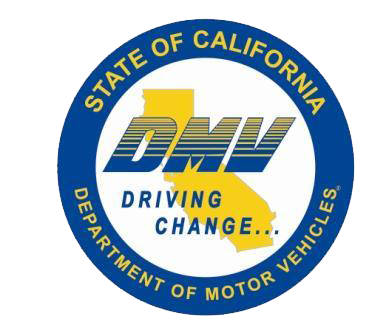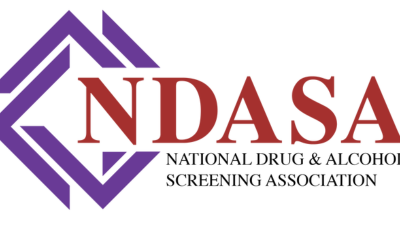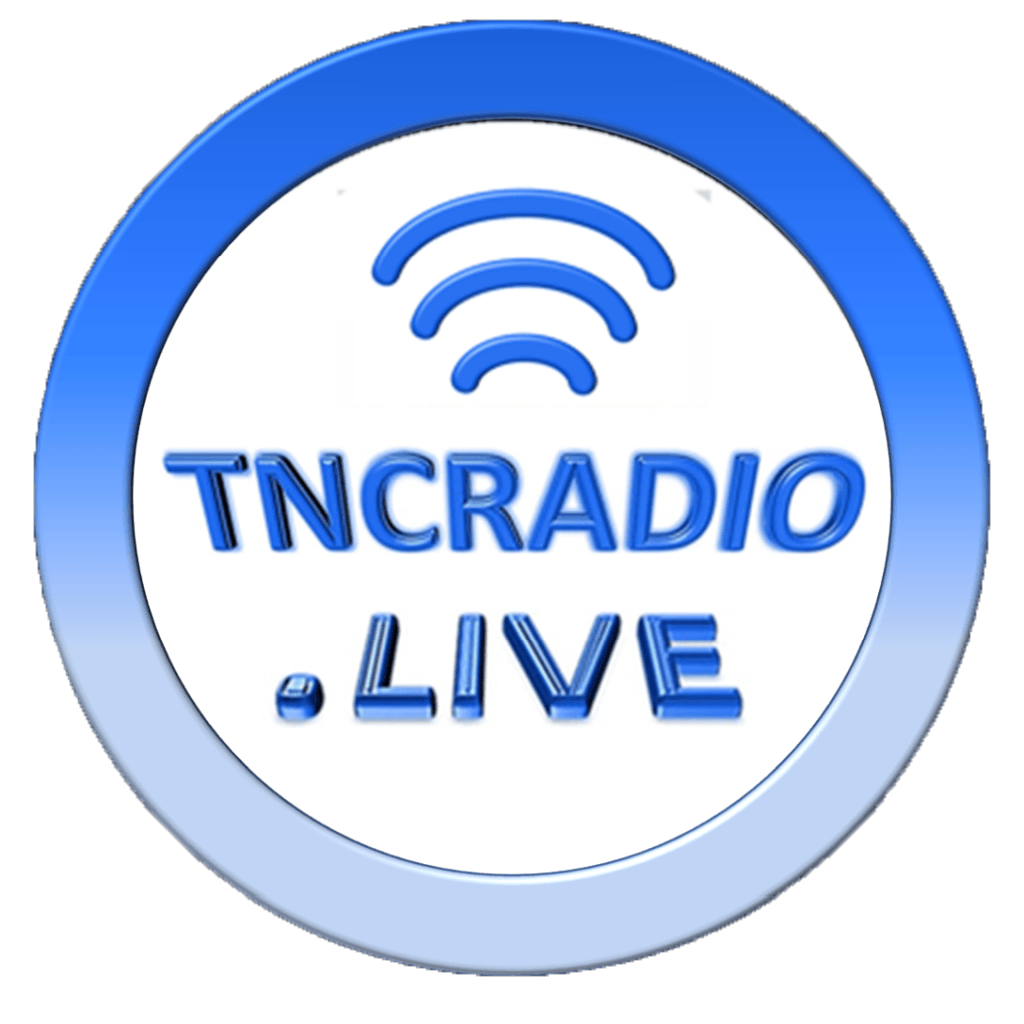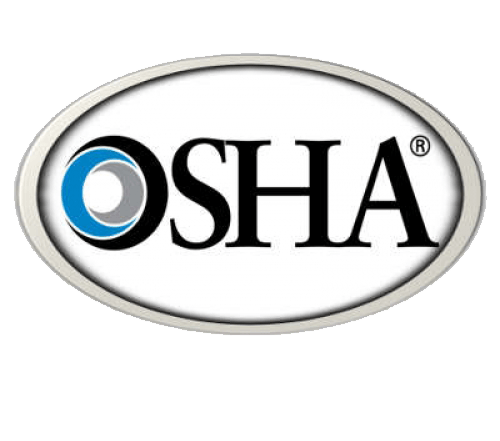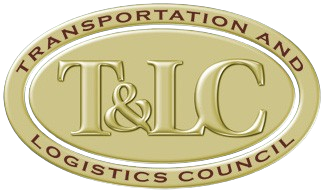Dot and NTA Bulletins
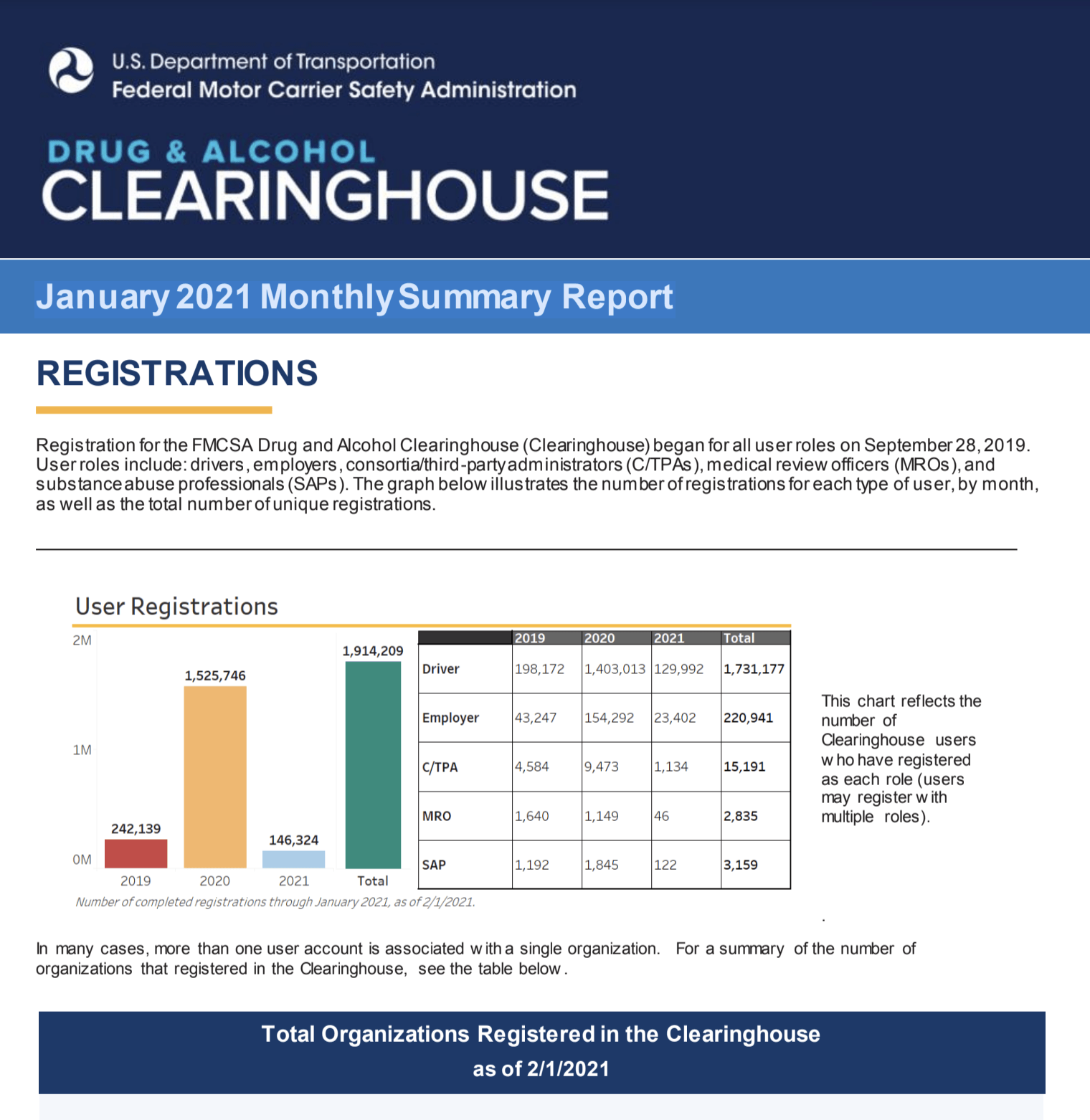
Registration for the FMCSA Drug and Alcohol Clearinghouse (Clearinghouse) began for all user roles on September 28, 2019.
User roles include: drivers, employers, consortia/third-party administrators (C/TPAs), medical review officers (MROs), and
substance abuse professionals (SAPs). The graph below illustrates the number of registrations for each type of user, by month,
as well as the total number of unique registrations.
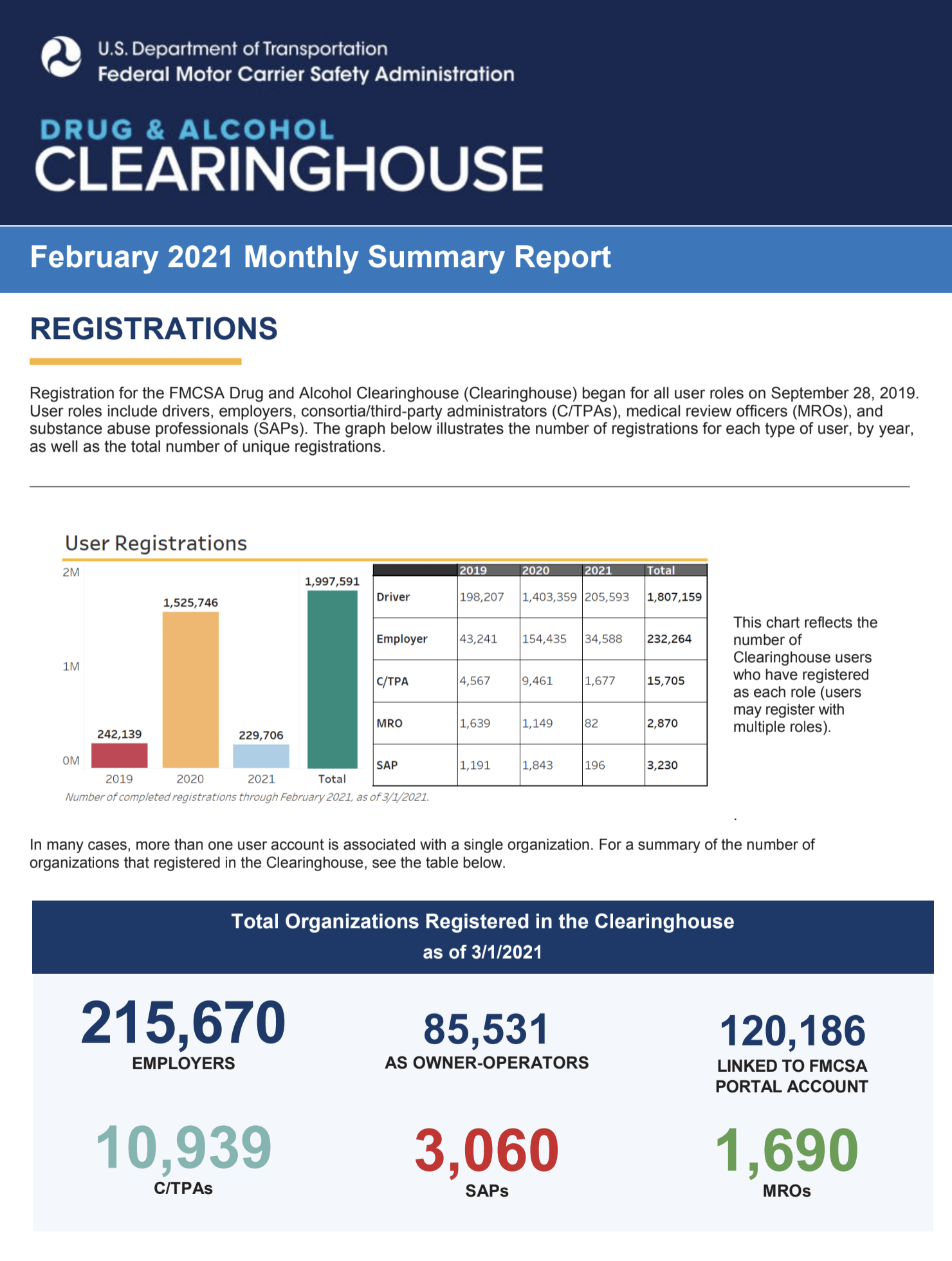
Registration for the FMCSA Drug and Alcohol Clearinghouse (Clearinghouse) began for all user roles on September 28, 2019.
User roles include drivers, employers, consortia/third-party administrators (C/TPAs), medical review officers (MROs), and
substance abuse professionals (SAPs). The graph below illustrates the number of registrations for each type of user, by year,
as well as the total number of unique registrations.
On March 23, 2020, the U.S. Department of Transportation (DOT) Office of Drug and Alcohol Policy and Compliance (ODAPC) provided guidance about the impact of the Coronavirus Disease 2019 (COVID-19) public health emergency on DOT drug and alcohol testing requirements for employers, employees, and service agents.
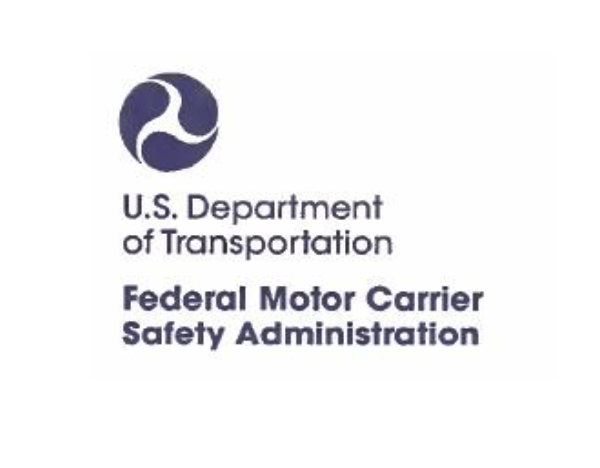
On March 13, 2020, the President declared a national emergency under 42 U.S.C. § 5191(b), related to the effects of Coronavirus Disease 2019 (COVID-19). The Federal Motor Carrier Safety Administration (FMCSA) is aware that the motor carrier industry continues to experience operational disruptions caused by the COVID-19 public health emergency
The Agricultural Improvement Act of 2018, Pub. L. 115-334, (Farm Bill) removed hemp from the definition of marijuana under the Controlled Substances Act. Under the Farm Bill, hemp-derived products containing a concentration of up to 0.3% tetrahydrocannabinol (THC) are not controlled substances. THC is the primary psychoactive component of marijuana. Any product, including “Cannabidiol” (CBD) products, with a concentration of more than 0.3% THC remains classified as marijuana, a Schedule I drug under the Controlled Substances Act.
On Friday, November 10, 2017, the U.S. Department of Transportation (DOT) amended its
regulations to add hydrocodone, hydromorphone, oxymorphone, and oxycodone, four
commonly-abused opioids; add methylenedioxyamphetamine as an initial test analyte; and
remove methylenedioxyethylamphetamine as a confirmatory test analyte. This change
harmonizes DOT regulations with the HHS guidelines published earlier this year.



